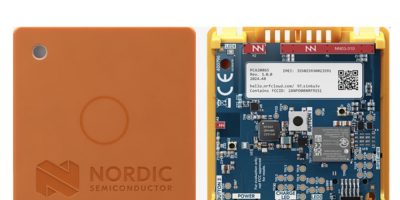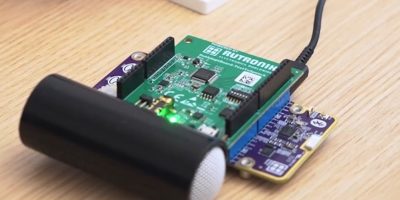Infineon provides sensor technology to Roborock for its state-of-the-art Saros Z70 robotic vacuum. The standout feature of the smart robot is its industry-first 5-axis robot arm that can move obstacles out of its way and clean in areas that were previously blocked. This innovation is made possible by the small form factor of Infineon’s REAL3 Time-of-Flight (ToF) technology. Unveiled at CES 2025 in Las Vegas, today, Roborock launched the new Saros series in Germany.
Infineon’s REAL3 Time-of-Flight, jointly developed with pmdtechnologies, enables a next level of navigation and object recognition of robot cleaners with best-in-class performance and space efficiency. The technology is 100 times smaller compared to conventional laser distance scanner freeing up space for the integration of the retractable robot arm while maintaining a sleek and slim design, marking a significant advancement in the robotics industry. Furthermore, the integration of an additional Time-of-Flight camera from Infineon guarantees the precise and smooth operation of the robot arm, significantly enhancing the capabilities of the Saros Z70. For customers, this translates into increased benefits when using the robotic vacuum for home cleaning, as the robot arm can now move blocking objects and clean areas that used to be inaccessible.
“It’s a major breakthrough that Roborock, a market leader for robot vacuum cleaners, has recognised the full potential of Infineon’s sensor technology and transformed it into an innovative product that consumers have never seen before”, said Andreas Kopetz, Vice President of Ambient Sensing at Infineon. “The collaboration is a great example for Infineon reinforcing its position as a leading player in the field of sensors and its goal to make life easier, safer, and greener. Together with customers and partners.”
Enabling the industry-first 5-axis robot arm for a robot vacuum underlines Infineon’s ambitions to further strengthen the competitiveness and go-to-market approach in the area of sensors. To accelerate innovation and value to customers further, Infineon has combined its sensor and RF expertise in a new business unit (SURF, sensor unit and radio frequency) to drive the company’s growth in the sensors market. This strategic move will capitalise on the vast potential of the sensor and RF markets, projected to exceed 20 billion US-Dollars by 2027.







